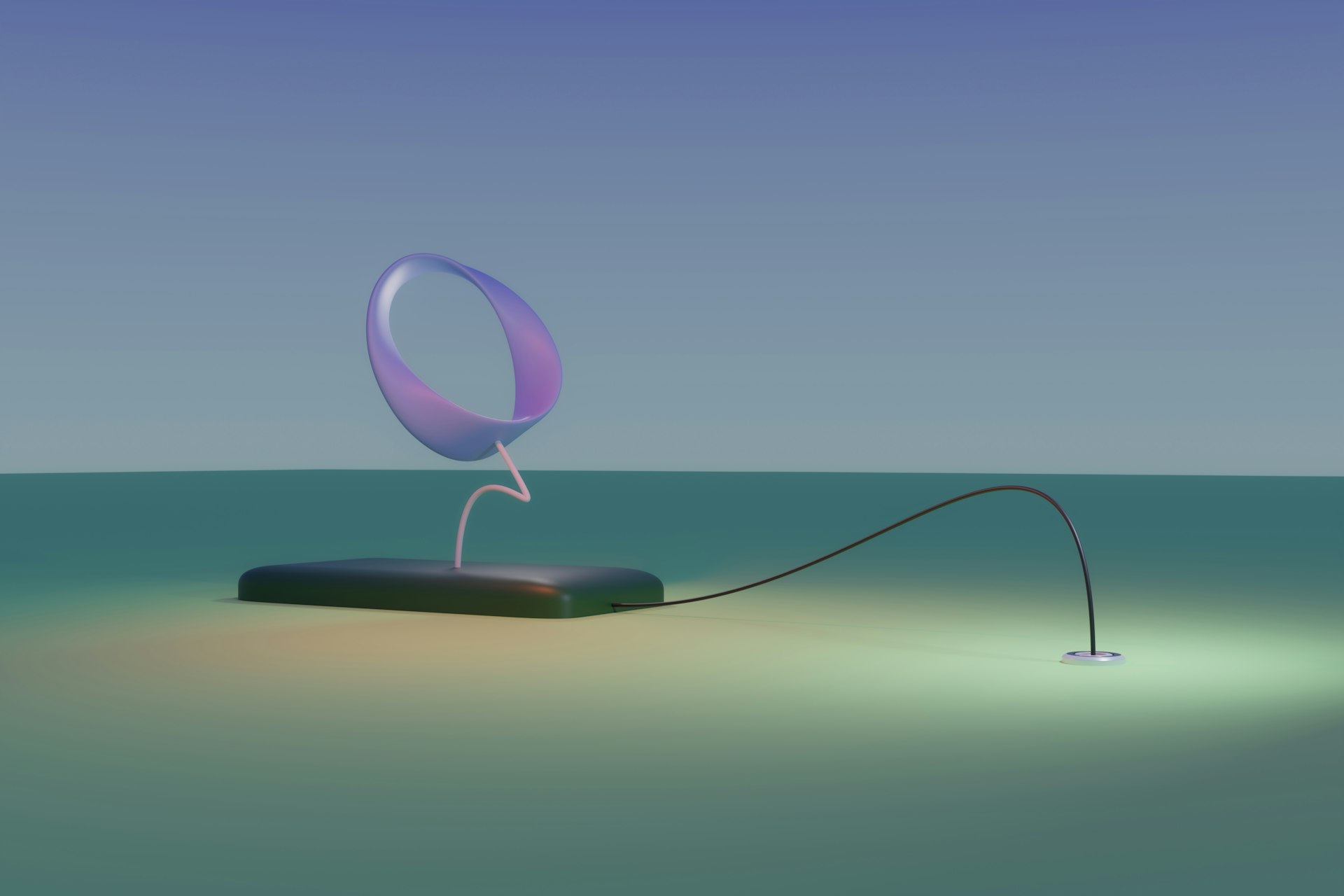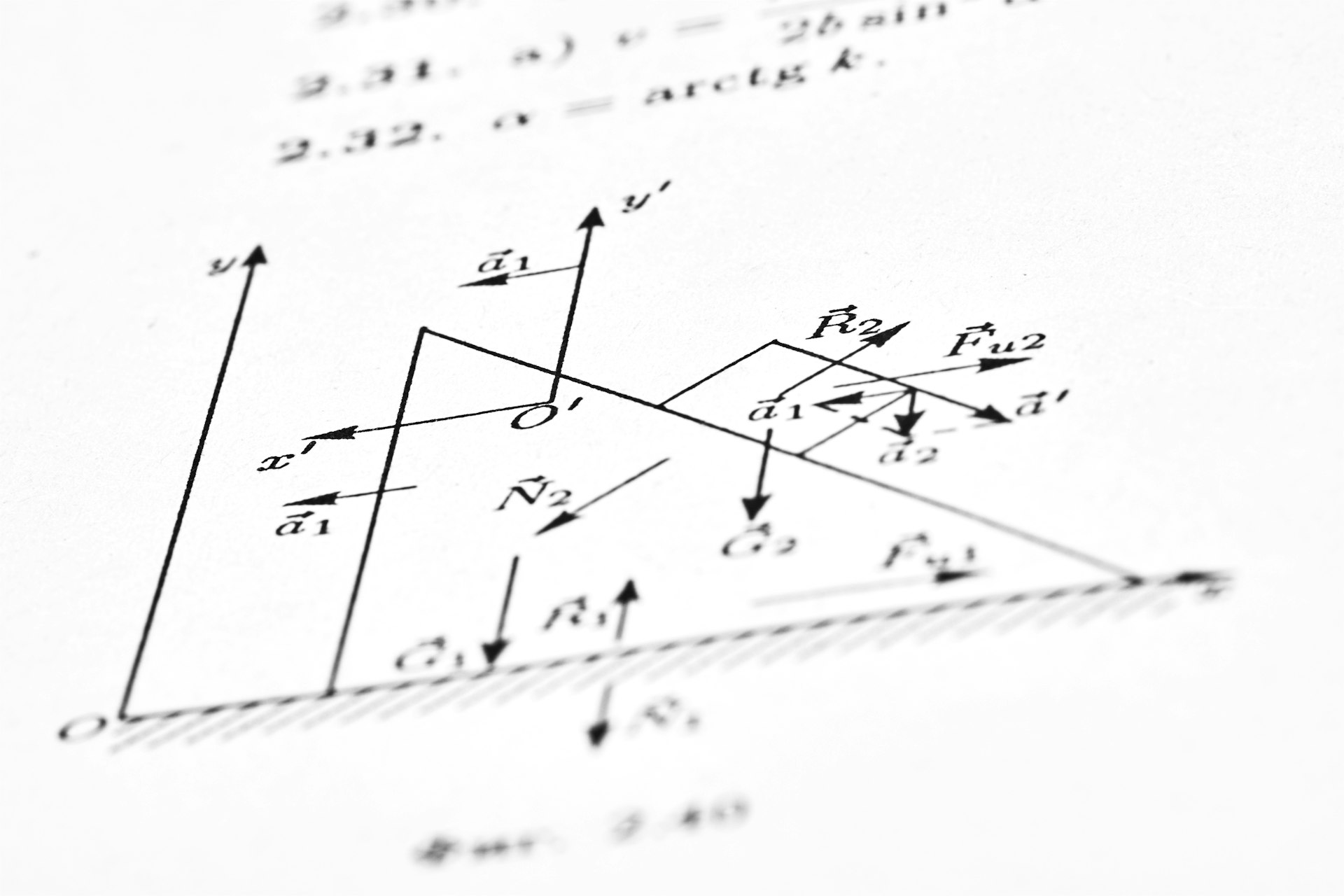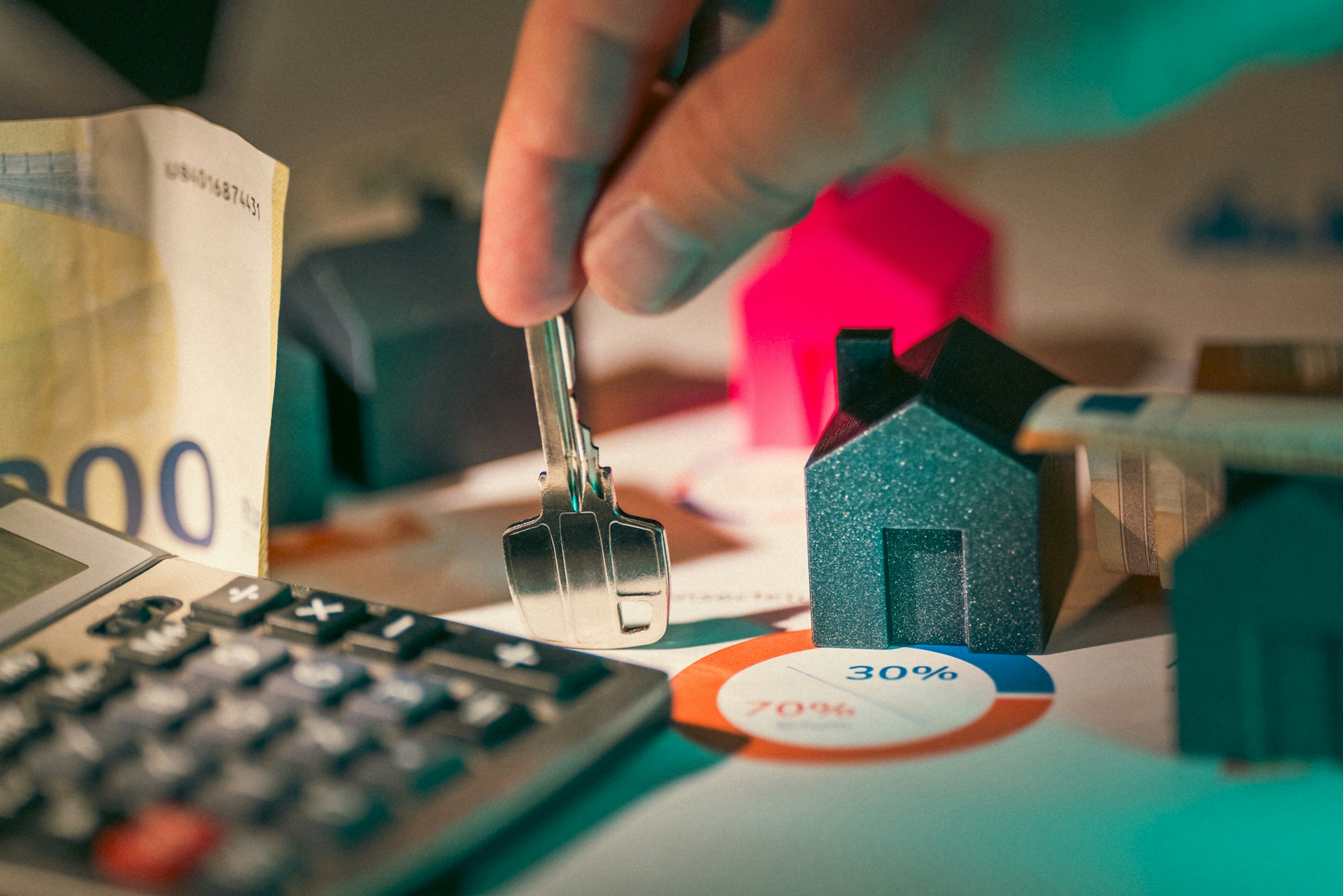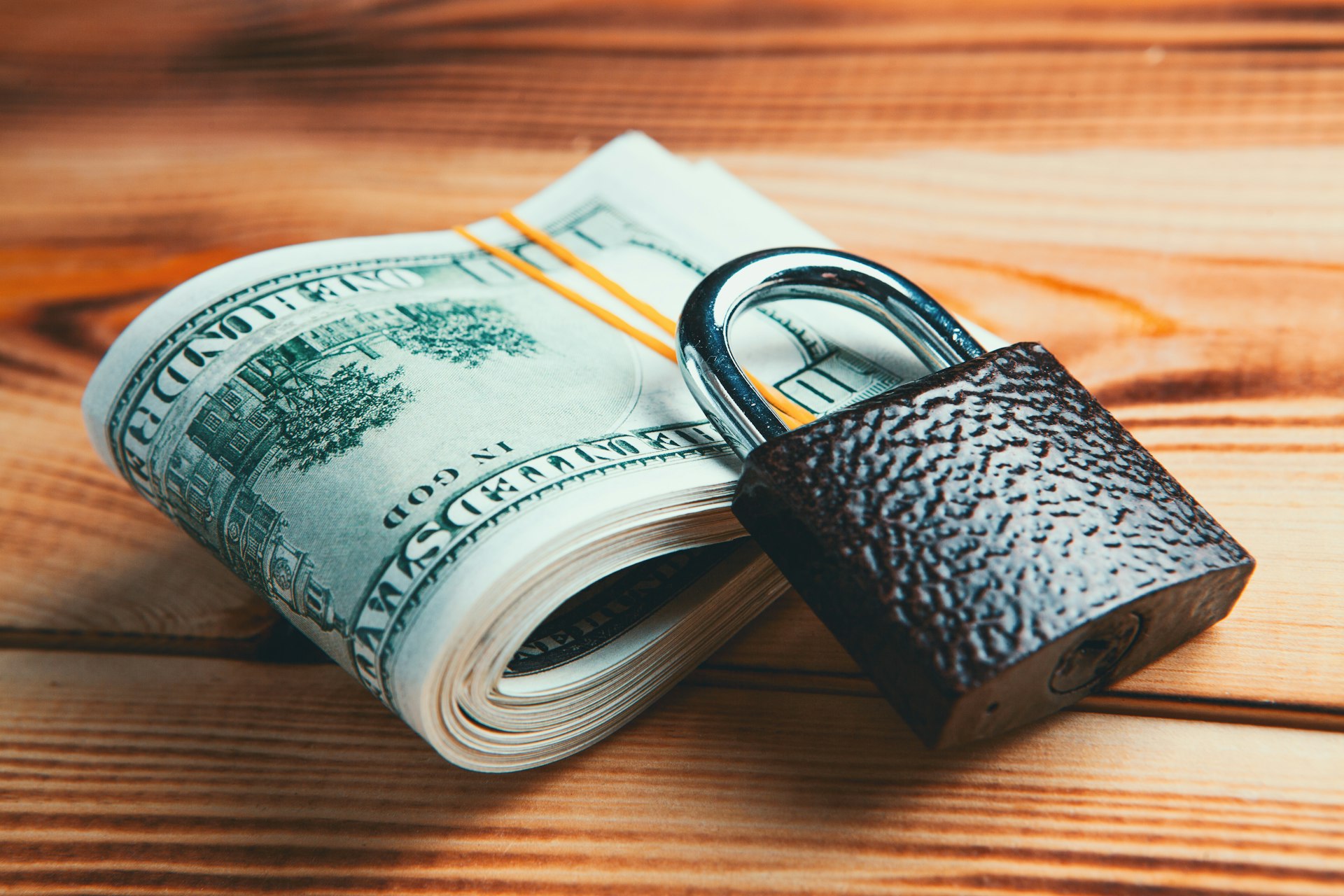Understanding Controlled Variables in Science: The Key to Reliable Experiments

Photo by Bozhin Karaivanov on Unsplash
Introduction to Controlled Variables
In scientific research, the accuracy and reliability of results depend heavily on the careful design of experiments. Among the foundational concepts in experimental design is the controlled variable. Understanding what a controlled variable is and how to manage it is crucial for anyone conducting experiments or interpreting scientific studies.
What Is a Controlled Variable?
A
controlled variable
, sometimes called a
constant variable
, is any factor in an experiment that is deliberately kept the same throughout the research process. Unlike the independent variable, which is altered to observe its effect, or the dependent variable, which is measured as an outcome, controlled variables remain unchanged. Their primary purpose is to ensure that the only observed effect in the experiment is due to the manipulation of the independent variable, preventing alternative explanations for the results
[1]
,
[2]
,
[3]
.
Why Are Controlled Variables Important?
Maintaining controlled variables is essential for internal validity . If other factors change along with the independent variable, it becomes impossible to determine what actually caused any observed effect. Controlled variables help eliminate confounding variables-factors that could distort the true relationship between the independent and dependent variables. By holding these potential confounders steady, researchers can draw clearer, more trustworthy conclusions [2] .
Examples of Controlled Variables in Experiments
To illustrate, consider a classic plant growth experiment. Suppose a scientist wants to study how different amounts of water affect plant height. Here’s how the variables break down:
- Independent variable: Amount of water given
- Dependent variable: Height of the plants measured over time
- Controlled variables: Type of plant, soil composition, amount of sunlight, ambient temperature
If the amount of sunlight or soil changes during the experiment, it would be difficult to attribute any difference in plant growth solely to water. By controlling these other variables, the experiment can accurately assess the effect of water alone [1] , [3] .
How to Identify Controlled Variables
Finding the right controlled variables requires careful planning. Ask yourself: “What other factors, aside from my independent variable, could possibly influence my dependent variable?” If the answer is yes, that factor should be controlled. For example, in a study measuring the effect of a new medication on blood pressure, controlled variables might include:
- Participants’ age and gender
- Diet during the trial
- Physical activity levels
- Dosage timing
By establishing consistent procedures and conditions for these elements, researchers can minimize the risk of bias and improve the study’s validity [2] .
Practical Steps for Managing Controlled Variables
Implementing controlled variables involves several key strategies:
- Standardize Procedures: Use the same methods for all experimental groups-such as measuring at the same time of day or using the same equipment.
- Monitor Environmental Conditions: Keep environmental factors like temperature, humidity, and lighting constant, especially in lab-based studies.
- Document Everything: Keep detailed records of all procedures and conditions so you can confirm that variables were consistently controlled.
- Randomization and Statistical Control: In situations where it’s not possible to physically control a variable, use statistical methods or random assignment to reduce its impact [2] .
Common Challenges and Solutions
Achieving perfectly controlled conditions is often difficult. Here are some common challenges and approaches to address them:

Photo by Bozhin Karaivanov on Unsplash
- Unmeasured Variables: Some variables may be overlooked. Solution: Conduct a thorough literature review and pilot studies to identify potential confounders.
- Environmental Fluctuations: Natural changes (e.g., in weather or lab conditions) can introduce variability. Solution: Use controlled environments like growth chambers or schedule experiments carefully.
- Human Error: Inconsistencies in how procedures are carried out. Solution: Train all personnel and use automated or standardized protocols wherever possible.
Controlled Variables in Different Research Types
While controlled variables are most often discussed in the context of laboratory experiments, they are also important in field studies, surveys, and even data analysis. In observational research where manipulation isn’t possible, researchers can measure and statistically adjust for potential confounders to approximate the effect of controlled variables [2] .
Alternative Approaches to Controlling Variables
There are several methods for handling variables that can’t be controlled directly:
- Blocking: Grouping subjects based on characteristics to control for their effects.
- Matching: Pairing subjects from different groups who share similar characteristics.
- Covariate Adjustment: Using statistical techniques (like ANCOVA) to account for continuous variables that differ between groups.
These approaches are especially valuable in social sciences, medical research, and field studies where absolute control is not feasible [2] .
Step-by-Step Guide: Setting Up Controlled Variables in Your Experiment
- Define Your Research Question : Clearly state what you are testing and which variables are of interest.
- Identify All Potential Variables : List every factor that could influence your results.
- Select Variables to Control : For each, decide if it should be the independent, dependent, or controlled variable.
- Standardize Conditions : Establish and document the procedures that will keep controlled variables constant.
- Monitor and Adjust : During the experiment, regularly check that controlled variables remain consistent. If not, adjust and document any changes.
- Analyze and Report : When reporting results, explicitly state which variables were controlled and how. This transparency increases reproducibility and credibility.
Key Takeaways for Researchers and Students
Whether you’re conducting a classroom science project or publishing peer-reviewed research, controlling variables is fundamental for drawing valid conclusions. Carefully planning, monitoring, and documenting controlled variables is a hallmark of rigorous science. For more guidance, textbooks on experimental design and research methodology can provide in-depth strategies, and consulting with experienced researchers or statisticians may help identify and manage challenging variables.
If you’re seeking hands-on advice or examples for your own experiment, consider consulting educational resources or science project guides available through reputable organizations. If you need further assistance, you can contact your local university’s research support office or speak with a science educator for tailored guidance.
References
MORE FROM jobsmatch4u.com













